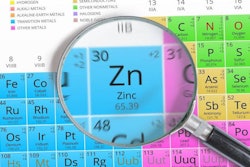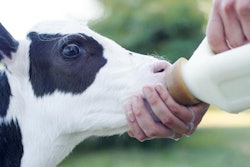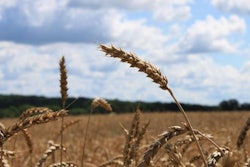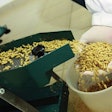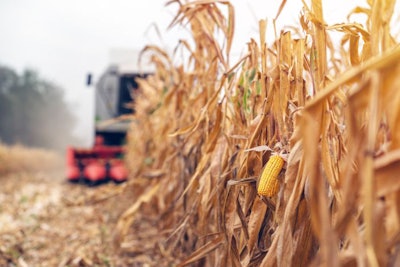
With ingredient price increases, it could be a tough year for feed costs
According to the latest (May 2022) U.S. Department of Agriculture (USDA) forecast report for feed and grains, the 2022-23 projected corn production in the U.S. is expected to be down by about 4.3%. Accordingly, it projects the average local price to increase from US$5.90 (2021-22) to US$6.75 (2022-23).
Other reports from Europe, Latin America, Asia and U.S. indicate a much-reduced coarse grain production – except for Russia, is not suffering from droughts. Almost all reports exclude exports from Ukraine due to the war.
These are the official reports, and they are not optimistic, at best. Other experts have projected US$10 corn. That is US$10 per bushel. For the non-U.S. audience, a bushel is the usual volume/weight measurement for corn, with a bushel having 56 pounds of corn. A U.S. pound is 454 grams, which means at US$10/bushel corn, we will be faced with corn costing locally at 18 cents per pound or 39.3 cents per kilogram. We can expect to pay half a dollar per kilogram for exported corn when we import it from abroad in the EU, which has created an unreasonable dependency on eastern European grain imports.
In a typical formula for pigs and poultry, corn is included at 70% (more or less, but that is for technical matters). At US$0.50/kg, we are expecting a worst-case scenario of US$350 per metric ton, only for cereals. Compared with good times, when corn cost US$4/bushel (and we complained it was too expensive), this is a 60-70% increase, just for the corn portion of a formula. We are certain to see increases in everything else. Phosphates already tripled in price, and they might continue the trend upwards. There is a positive note that soybean meal will remain at “reasonable” levels, if only because the U.S. is looking at expanding acreage for its own reasons.
With feed prices projected to skyrocket next year due to scarcity of cereals, and other inflexible ingredients, the market for additives will be hard pressed to showcase a real return on investment. It will be a tough year, especially because nobody believes the prices for eggs, milk and meat will increase fast enough to absorb feed cost increases. So, measures to keep feeding (not just cost per kg feed, but cost per kg gain) will be in high demand.


